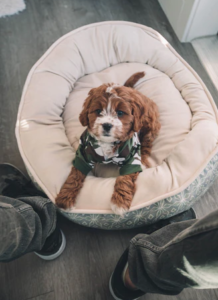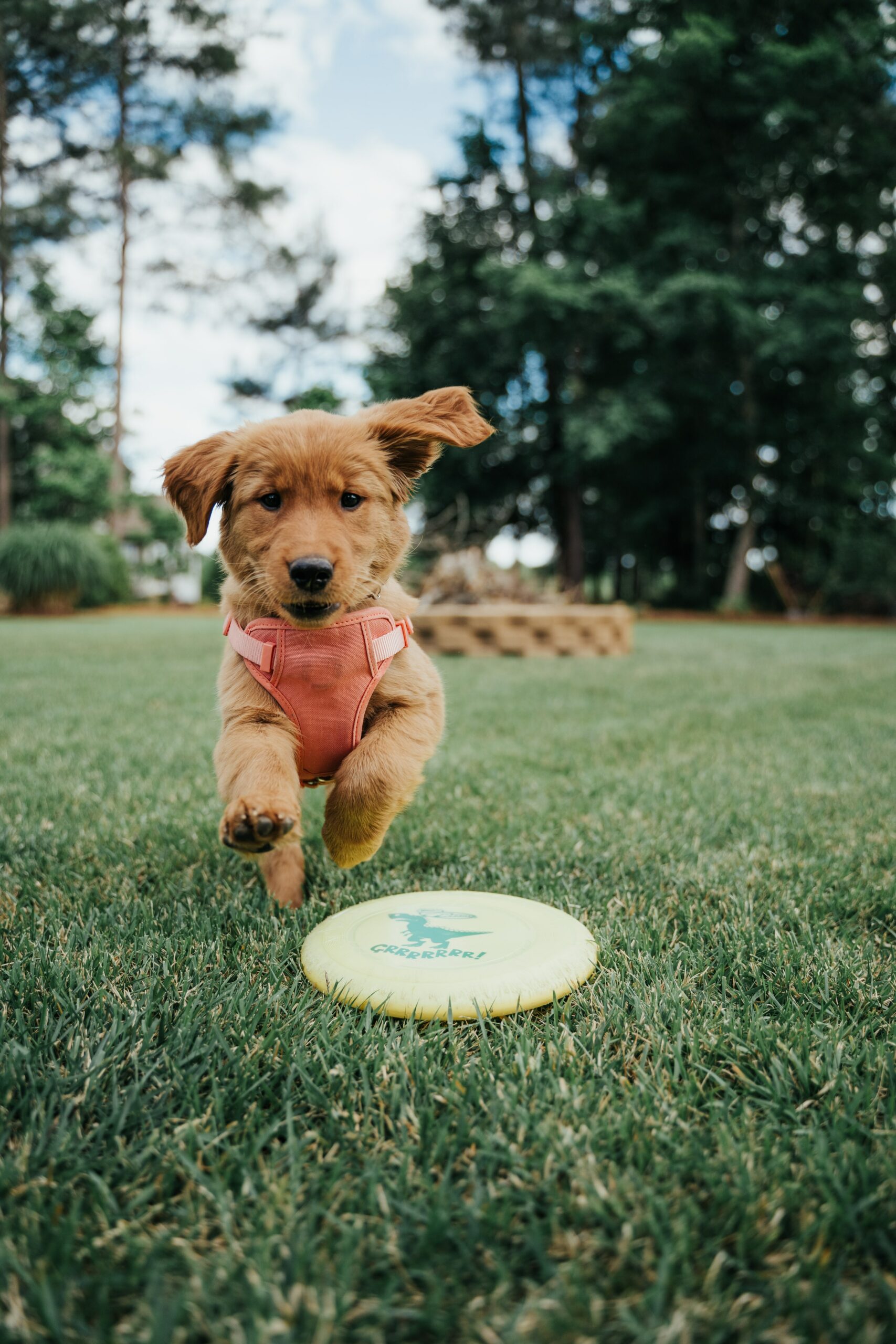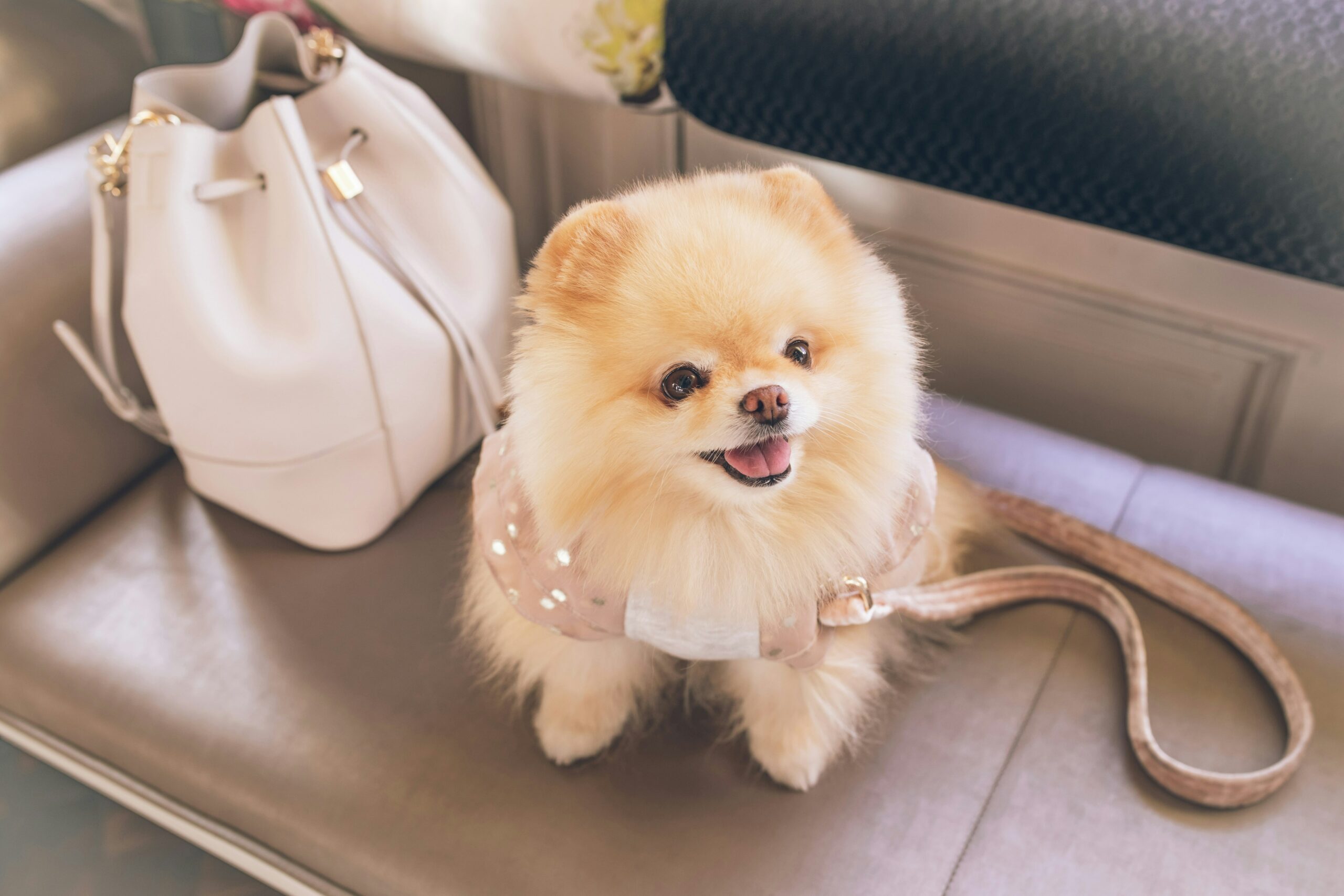When you get a new puppy, it can completely change your life and daily routine. The first six months are probably going to be the hardest part. This is because you and the dog are adjusting to living in the same home, getting to know each other, and building trust. As sweet and innocent as a puppy may seem, you will soon learn that they require boundaries and training. Read this article for the best ways to train your dog.
Bedtime

Sleeping with your dog is not only comfortable, but it can bring you closer and help you bond. However, most professionals will recommend that you crate train your dog at night. Not only will this allow you the peace of mind of sleeping without worry that your property is being destroyed, but it is also good for the dog to know that at night, we sleep. Needless to say, when you bring home a new dog, this is not the best time to buy a mattress. Wait until your dog is potty trained to get to new bedding.
After dark, when your family is asleep, your new dog may get curious about his or her surroundings. After all, there is no one awake to tell them “no” and they may prefer to explore all on their own. If you chose to adopt or purchase a dog for companionship, it is tempting to let them sleep with you right away. If you handle these first few months the right way, it will pay off in the end. Stand firm and show your dog who the boss of the house really is.
Daytime
When you are at work during the day, it is also advised that you crate train your dog or have the crate be in a large dog pen. In order for this to be successful, it is important for you to exercise your dog before you leave home and give them ample minutes (20 min per day to sniff whatever they want). This may look like you waking up an hour earlier than normal so that you can fetch, go on an extra-long walk, or let them play with a snuggle mat, kong or mentally stimulating game. Making a window sill that is properly enforced with dog steps and a window guard can be a great way for your dog to alleviate boredom and get to know the neighbors (humans and other creatures). Ensuring your dog is engaged at home and while you are unavailable for undivided attention is a tone you must set early on.

Snuffle mats have become all the craze for dog parents who are looking for enriching games for their pups.
Even if you give your dog plenty of attention, they may still cry when they are put inside of the crate usually said by in home dog trainer. It will be hard to resist letting them out, but remember that if you give into them when they whine or bark you’re rewarding behavior you want to see less of. And if you want them to be domesticated inside of your home, you have to show them what you expect from them during the day. There may be accidents in the beginning, but soon they will learn that the crate is their little home, and they will prefer for it to be nice and dry while they rest.
Family Time

When you are training your dog using a crate, be sure to purchase one that is big enough for their growing body. You want the crate to be tall and wide enough that your dog can stand and turn comfortably. You would not be comfortable in a small tight box, so do not do that to your pet either. If you work from home or are lounging around with your family, you should use the crate for training during that time also.
It is advised that you put the crate in your family room or the room where you all spend most of your time. If you do this, your dog will learn that they are still a part of the family, even when they are in their crate. If you have older dogs who are more established in your home, your puppy will be able to see them and enjoy their company while they are crated, and they will start to emulate the behaviors of the older dog.
photo cred: https://unsplash.com/photos/4RmkomQYkXk
Love our content? Share it with a friend or link it to social media. Like short clips of cute household pets? Training tips? Follow us on instagram @nydognanny or on YouTube at nydognanny. Have some news you needs to get to dog and cat parents stat? Email info@newyorkdognanny.com with your article pitch.




